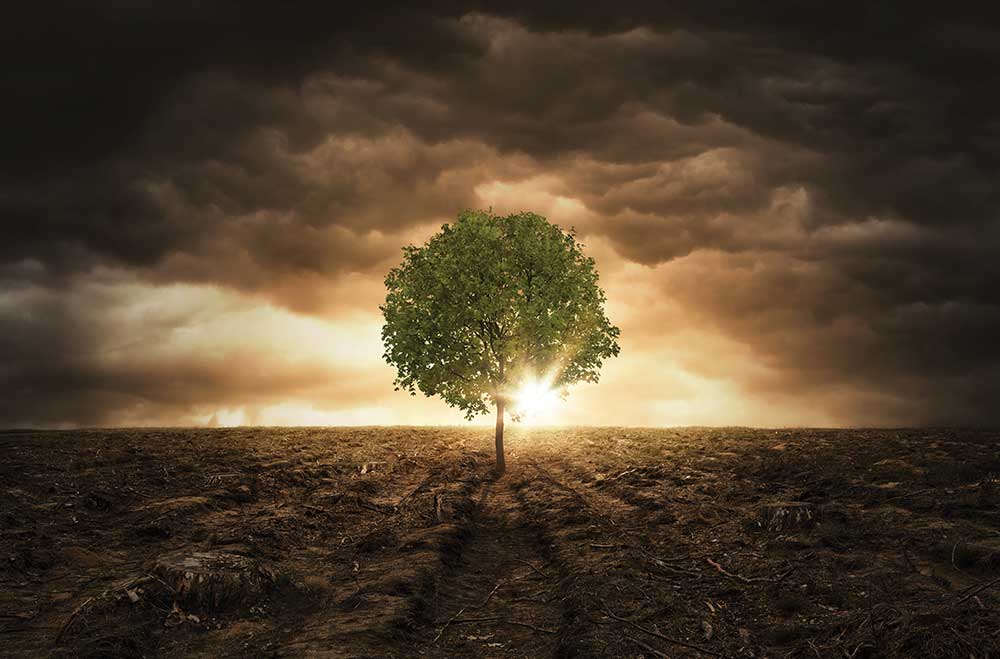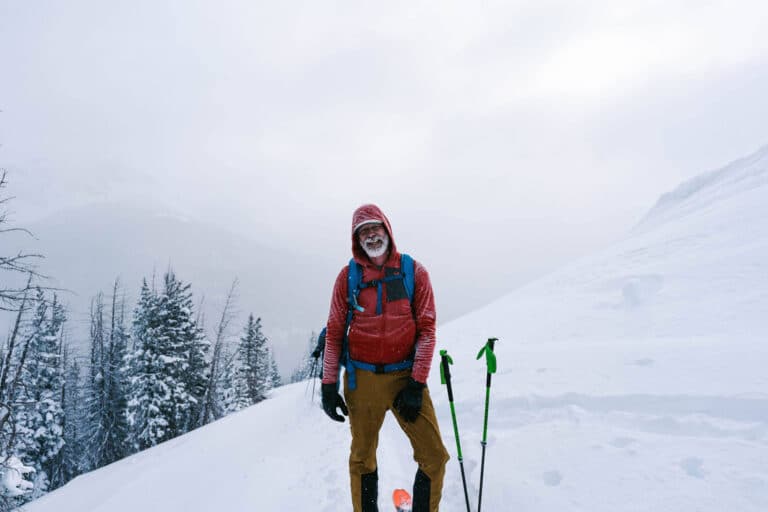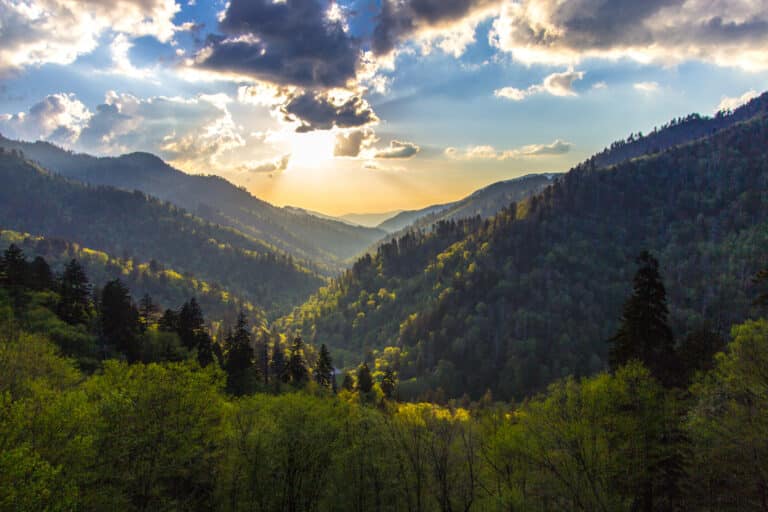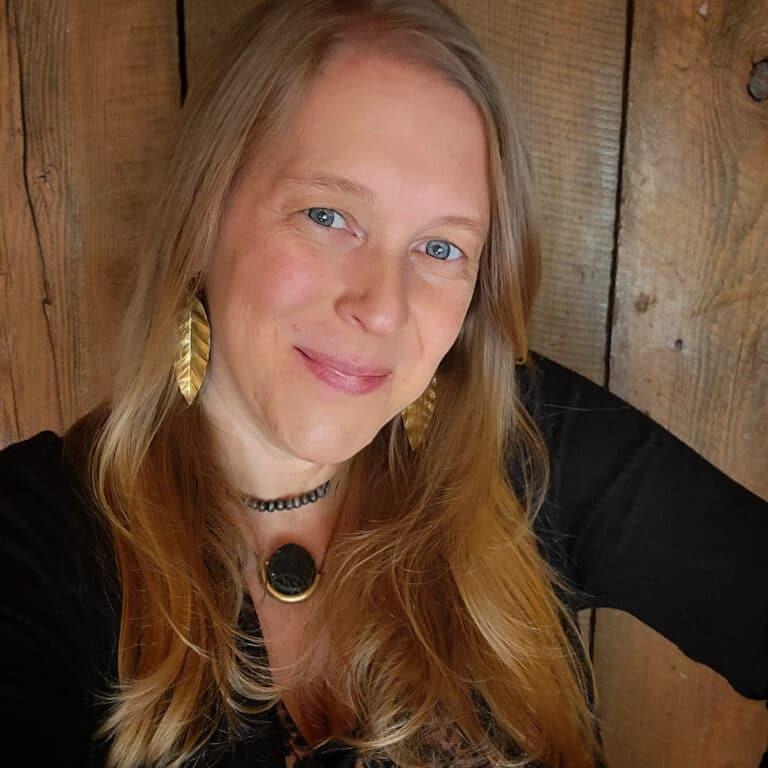Parents and experts offer ways to stay positive and maintain hope in an age of climate uncertainty
On the night of January 20, my son and I stood outside for two hours monitoring the Blood Wolf Moon Eclipse through his telescope. As we stared up at the stars and the moon, we had some deep discussions about the universe and life. That is when he said to me, “I just hope we are all safe, healthy, and close in the future.” When I asked him what exactly he meant he replied, “You know, climate change—away from floods and crazy storms.” He added, “At the end of the day, we can only blame ourselves for this.”
My son isn’t unique in realizing that we are in the midst of a full-blown climate crisis. Experts from around the world have been warning us about the consequences of our actions, and inaction, for years. But yet here we are, face to face with the reality that we may very well have reached a point of no return. The debate is long over, and the evidence is clear: we have dropped the ball and have left our children to worry about an uncertain future—we have entered the age of climate anxiety.
Climate anxiety is real, and it is now impacting children and adults alike across the globe. According to a Yale survey taken in 2018, the rate of people in the U.S. who described themselves as “very” worried about the climate was 21 percent, about double the rate of a similar study in 2015. Only 6 percent said humans can and will reduce global warming. The threats of climate change—both current and future—have had such an impact on society’s mental health that the American Psychological Association published an official guidance document in 2017 titled Mental Health and Our Changing Climate: Impacts, Implications, and Guidance. Terms such as eco-anxiety, climate grief, and climate anxiety have now become commonplace to explain this phenomenon.
While experts are just beginning to study climate anxiety and the impact that our changing climate has on mental health, it is clear that the effects are not limited to people who experience them firsthand. Increased awareness of these disasters can also lead to anxiety and feelings of hopelessness in the general public. A recent article from ThinkProgress quoted one climate change psychology expert as saying, “I think that it was below the surface for a long time…..until it’s really in your face, you can continue to repress that anxiety because it’s so uncomfortable. And now, we can’t repress it anymore. It’s right there in our face.”
Just recently my wife and I discussed the sense of overwhelm we have both been feeling for quite a while now with the enormity of the climate crisis, and worry that it is too late to change course and avoid the worst. For me, these emotions are often accompanied by anger. What we are experiencing isn’t cyclical, isn’t normal, and certainly isn’t some God’s will. In fact, if there is a God, I’m pretty sure that God is shaking its head wondering how we could have been such dumb asses to screw the planet up so bad in the first place.
Despite this regular cycle of climate-related emotions, I am perhaps most frustrated by the fact that we have now added the weight of climate anxiety to an already overly stressed younger generation. This is why our family has decided to double down on living our eco-values, and have made it our focus to do everything we can to help the planet while helping our family stay optimistic. Here are just a few things we have found that work for us.
Don’t hide it—stay informed
We are not doing our children any favors when we attempt to hide the facts and realities of climate change. In an interview with CNN, Susan Clayton, one of the lead authors of the American Psychological Association guide, said, “A monster under the bed is scary because you don’t look at it; finding out about things makes them more manageable.” Yes, stronger, more frequent storms, hurricanes, tornados, and wildfires can be scary to all of us, but sweeping things under the rug is the last thing we need to do. By staying informed, we can more clearly identify where we as individuals can make the most difference, and we can inspire our children to be the change-makers the world needs.
Participate in group events for the environment
Whether individually or as a family, by participating in group events for the environment we can see that there are a lot of people who are just as concerned about the planet. I recently participated in the 31st annual Clean the Bay day by cleaning garbage from the banks of the James River in Richmond, Va. According to the Chesapeake Bay Foundation, approximately 3,500 volunteers gathered that day at nearly 200 sites all over Virginia, removing an estimated 45,000 pounds of litter and debris over an estimated 250 miles of shoreline.
Double down on reduce, reuse, recycle
While sometimes these efforts are initially met with eye rolls, my wife has led the charge in making sure our family stays true to our values when it comes to plastic waste, especially arming all of us with reusable water bottles, straws, packaging, and shopping bags among other things. They serve as a reminder of the importance of our everyday actions and the small differences that we can make.
Recognize, encourage, and be proud of our children’s efforts
The other day my daughter announced plans to run at least 2 miles every other day. She said she was not running these miles only to stay in shape; she also was joining the 2019 Run for the Oceans fundraiser. The day after, I found a piece of her artwork from high school that focused on Mother Earth and protecting the oceans. It is everyday efforts and actions like this that make me so proud, help me to overcome my climate anxieties, and give me hope.








